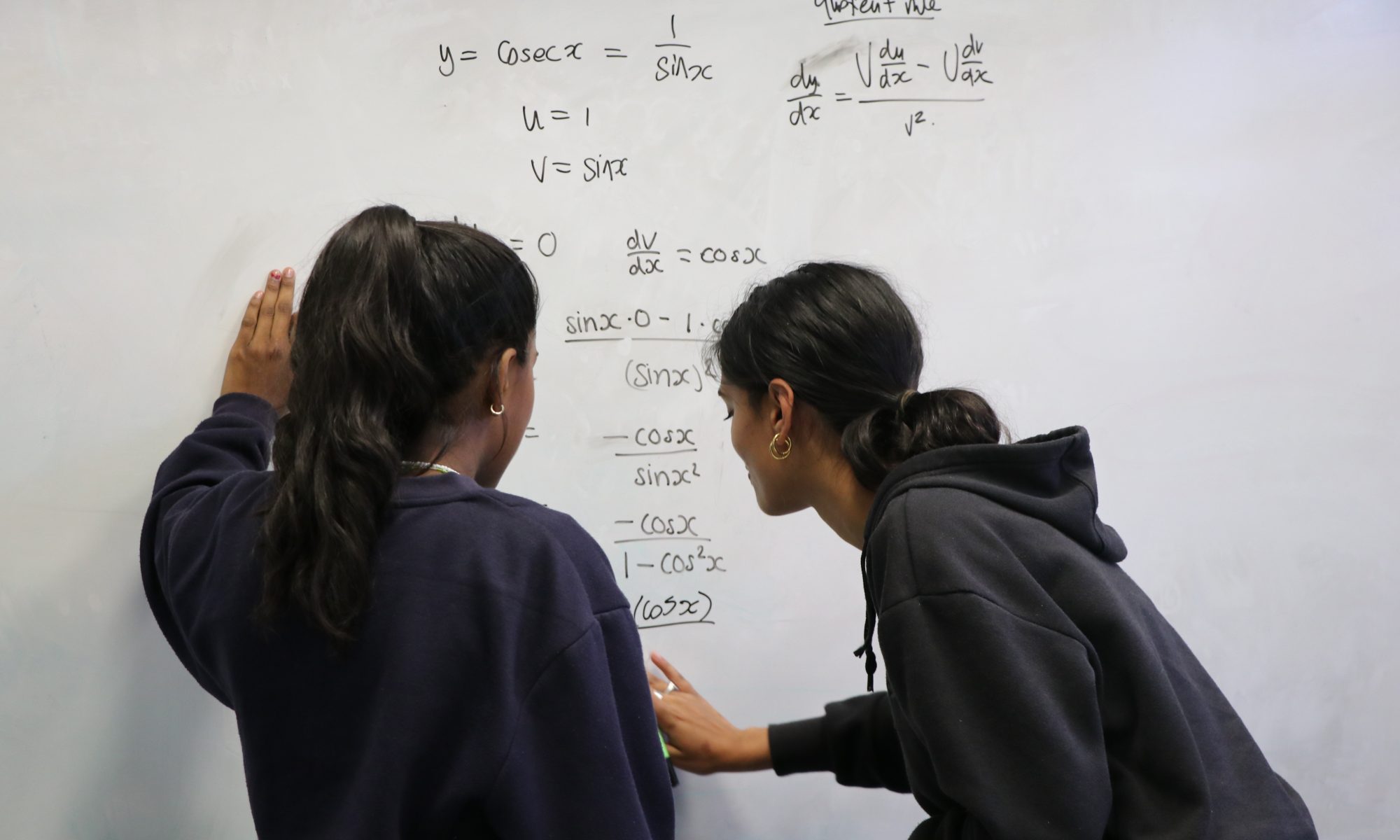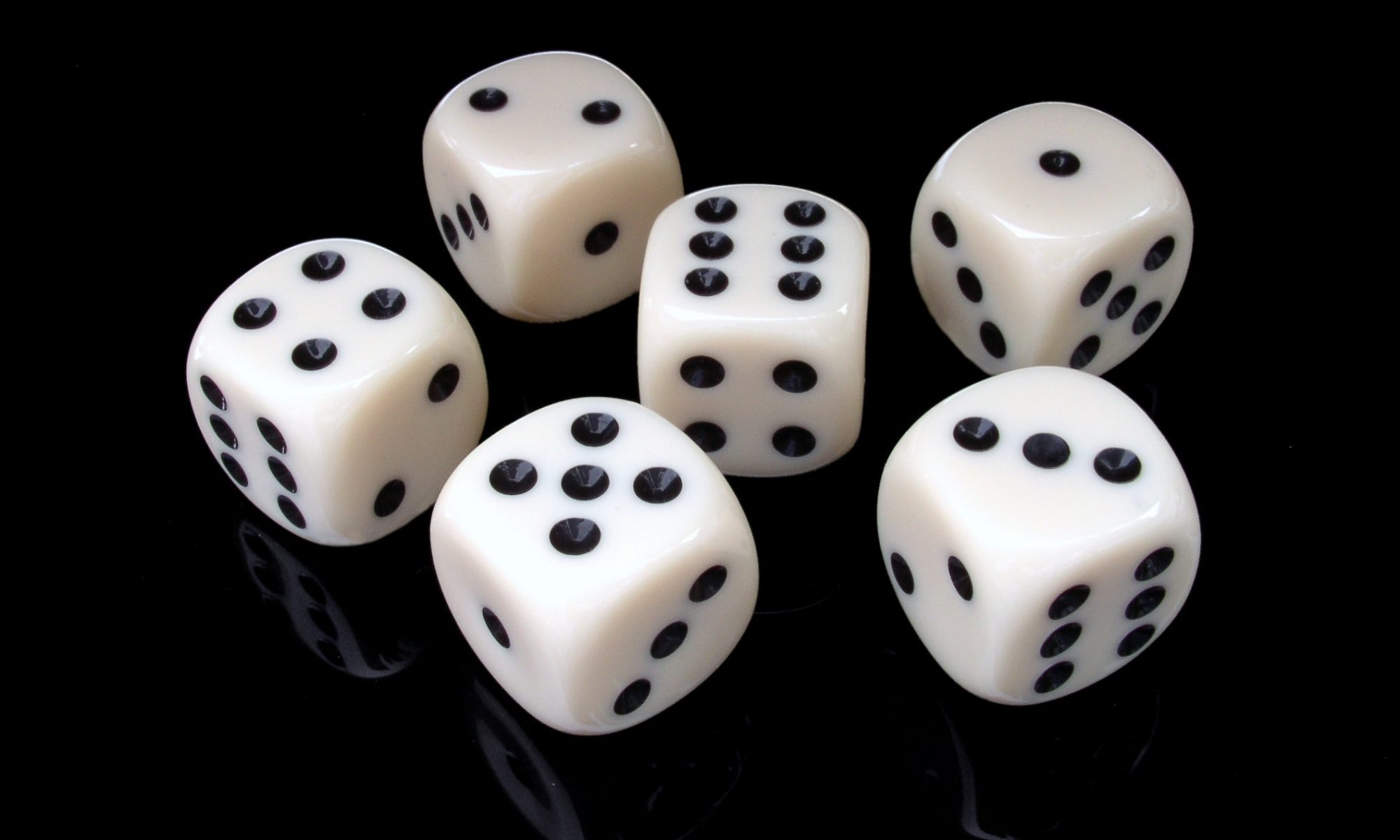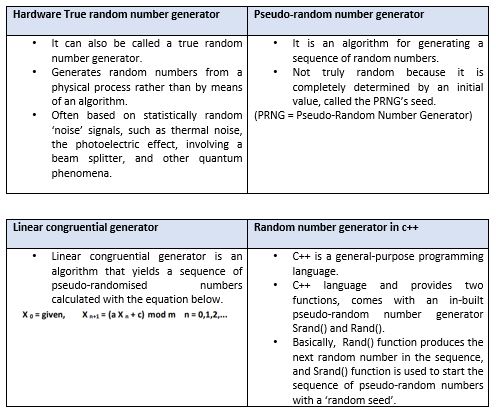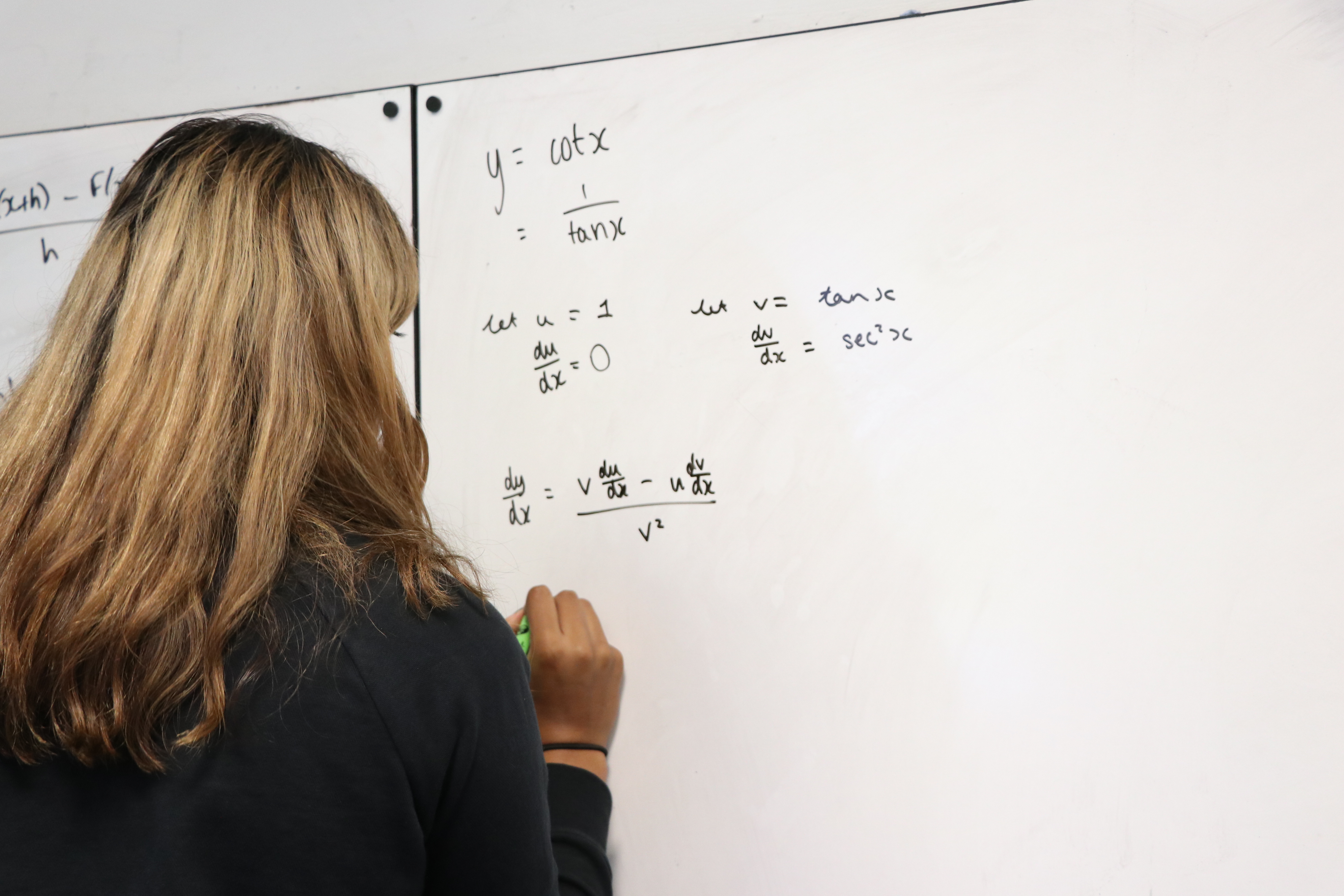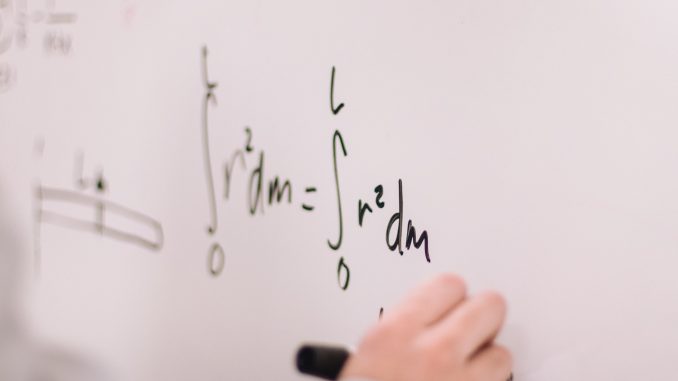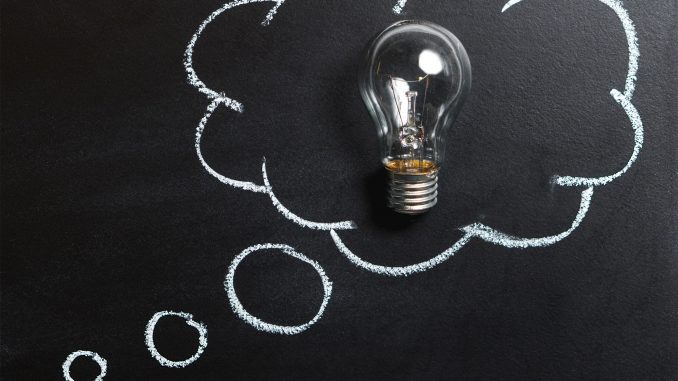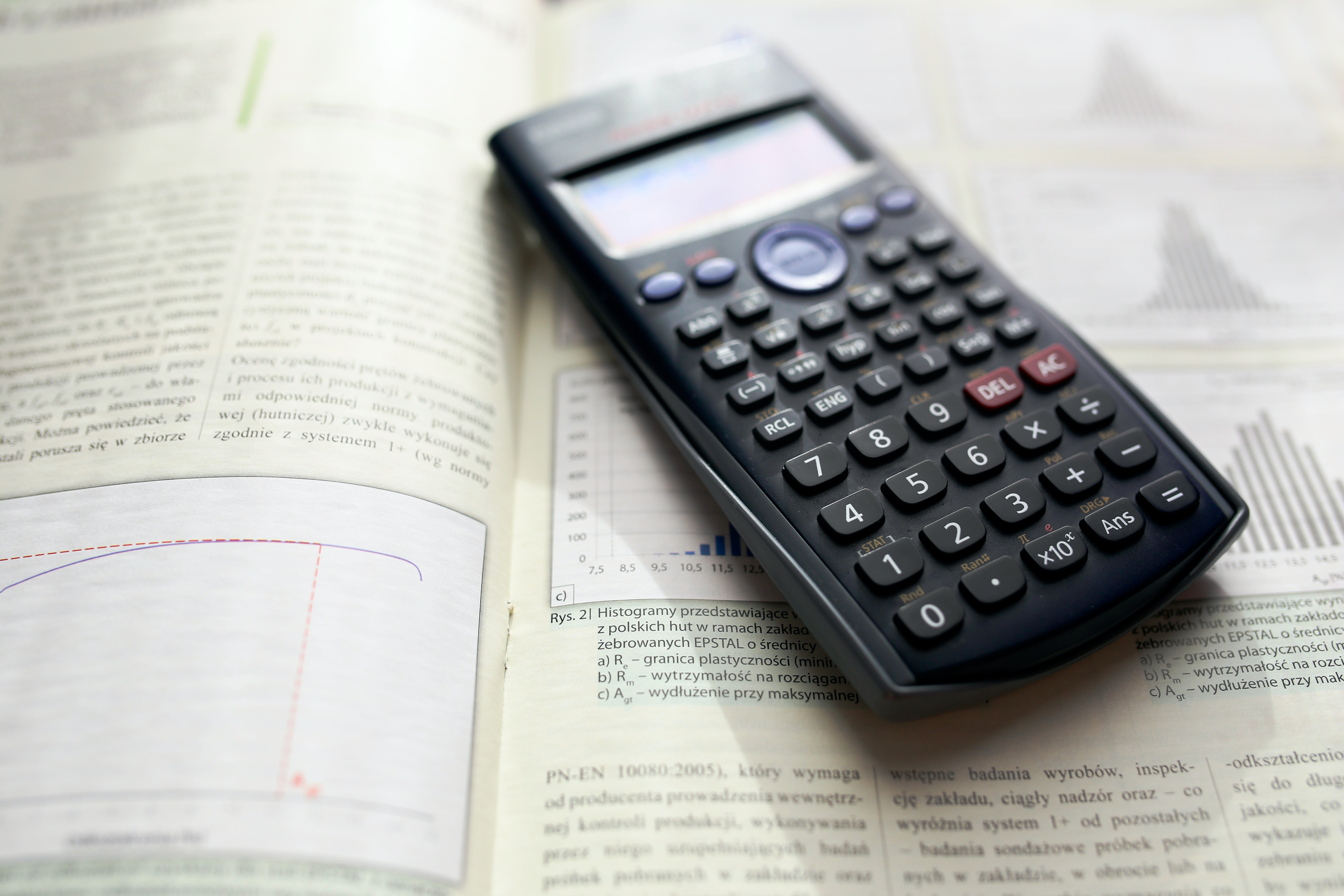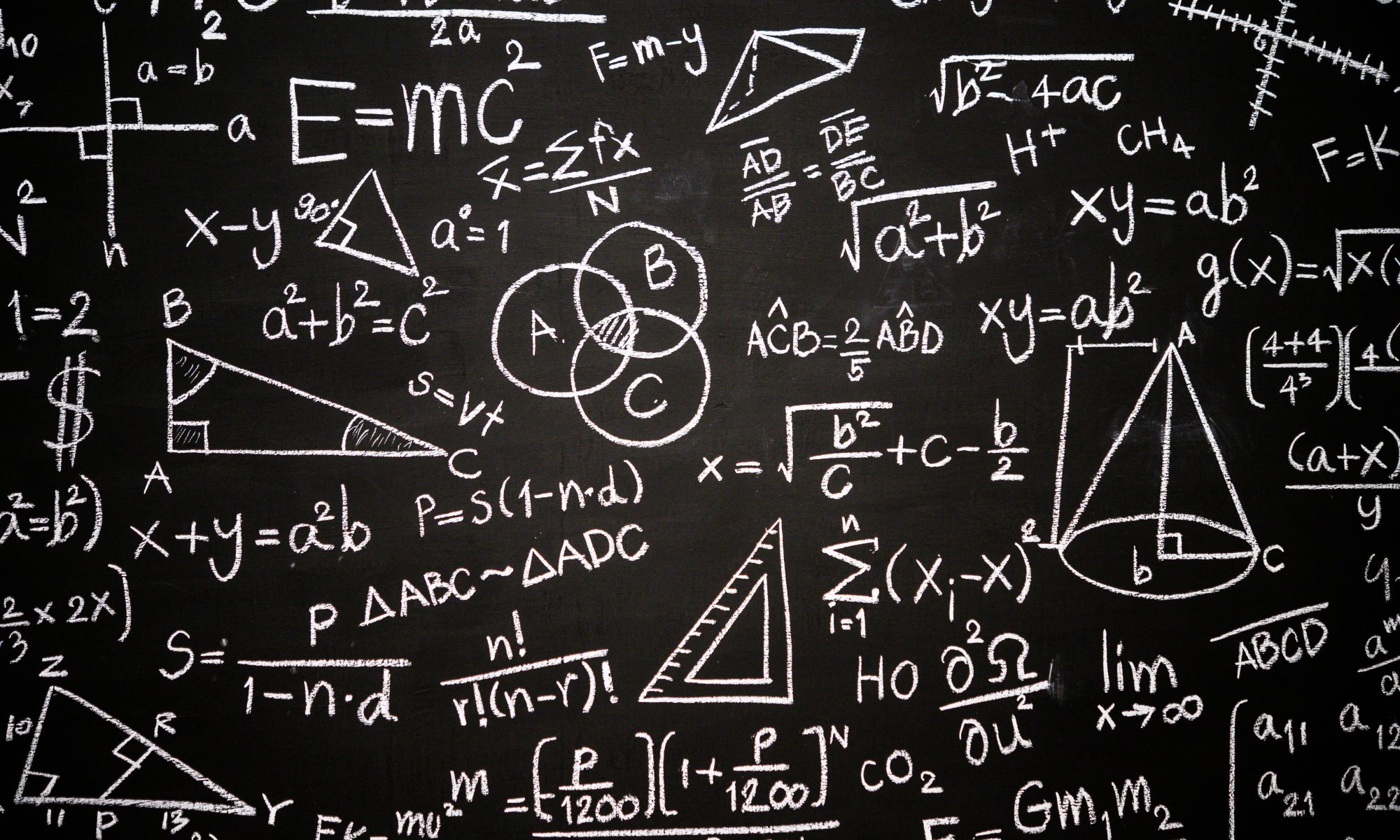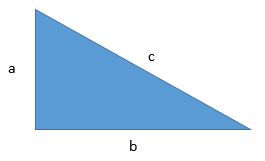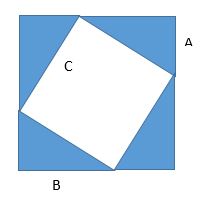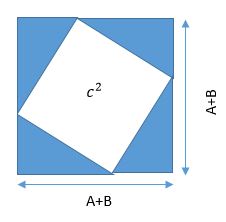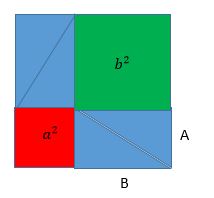Mrs Rebecca Brown, GDST Maths Trust Consultant Teacher and Teacher of Maths at WHS, looks at how effective use of digital learning could have the potential to give all students personalised learning experiences.
The use of online video tutorials for learning, especially in Maths, can, if used carefully, provide an individualised learning experience where students study concepts at their own pace, allowing them to review, reflect, pause or accelerate. This in turn enables learners to learn in their own way, giving them more confidence to delve deeper into the subject, embed knowledge and solve problems. Suggestions like this evoke a range of strong emotions and opinions among teachers. Is digital learning the future of education? Or does it mean the de-skilling of teachers and students alike?
How do you learn something new?
If I asked you to learn how to make magic milk, how would you begin? My own first step would be to Google it and watch a top-rated video. Then I would have a go myself. If a student can watch a carefully selected video at their own pace, pause, rewind, replay until they have good understanding of a concept, then surely this is potentially a beneficial personalised learning experience that can be inclusive of the needs of all learners. Moreover, it can help students to overcome anxieties they may face in the classroom.
Video tutorials also give the opportunity for recap, review and consolidation after a lesson or topic has been taught. During the pandemic we saw an increase in online learning and use of video tutorials that supported student and teacher absences and gaps in learning. Now back in the classroom, instead of reverting to what we have always done, what if we considered a different future? How can crisis turn into opportunity, as we use technology in different ways?
Why use digital learning?
Evidence shows that many digital learning resources can be used to develop students’ mathematical capabilities, especially when they are integrated into a rich teaching environment. In a nutshell, the students pre-learn the new content mostly independently, often as homework, and then most of the precious classroom time is spent practicing, asking questions and doing activities with the teacher there to support and guide them.
After watching appropriate, rigorous, considered tutorials, students can engage in richer in-class discussions that help them develop deeper conceptual understanding of Mathematics. This releases lesson time for social interaction, which Vygotsky’s theory of learning as a social process places so much emphasis on.It can also create more time for one-to-one support and direction from teachers. This is a good example of flipped learning, which can be a very powerful pedagogical process.
Fluency gives students the capability to be confident in their calculations and the cognitive capacity to focus on more complex, problem-solving aspects of the curriculum (Foster, 2019).
What could possibly go wrong?
This does all come with an important warning. We need to select the resources that we direct students to use very carefully. I am sure that you know the pitfalls of a YouTube search! This is where selecting and inserting videos into One Note lessons, Google Classroom, Firefly or using resources such as Ed Puzzle can be helpful. Ed Puzzle is an online video editor tool. Your students watch a video, selected by you, at their own pace. You hold every student accountable, observing who is watching and who answers the questions. They are not able to skip ahead or open other tabs. The process is simple – find a video, add questions, and assign it to your class. Watch as they progress, and hold them accountable on their learning journey.
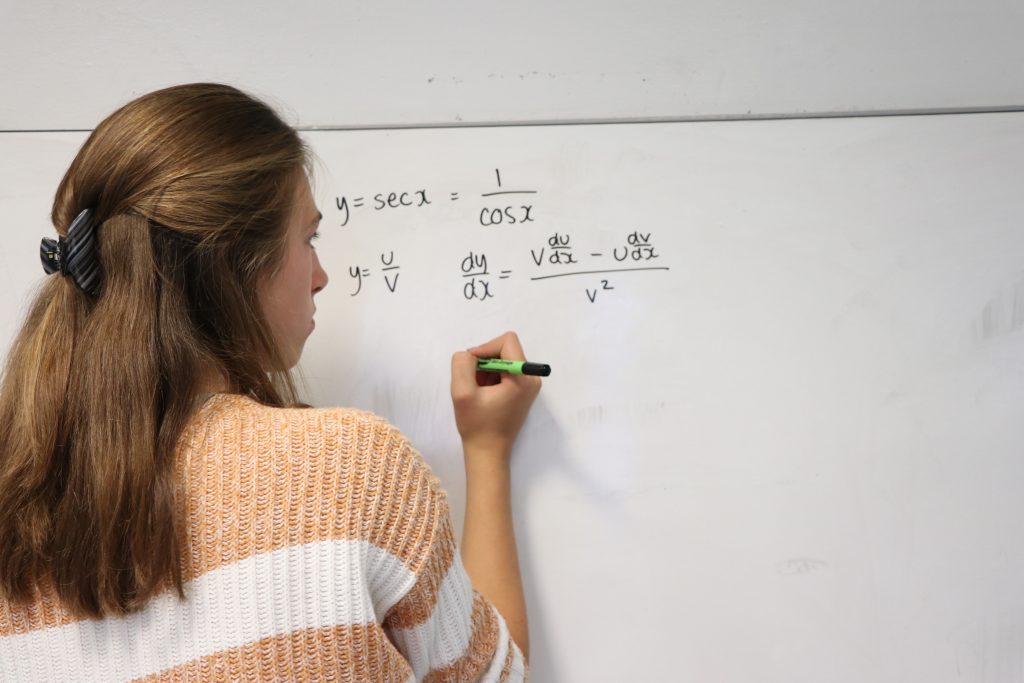
Another drawback is relying solely on digital resources as a method of instruction for students to learn. While flipped learning does give you the opportunity to dive into applying the content rapidly, the teacher must assess learning quickly and be able to rectify misunderstandings. This method also centralises the role of homework. Students need recreation time for holistic development, so it could also become detrimental when only used outside of lessons, as the commitments of learners beyond the classroom could limit the time available, hindering progress. For it to work properly, parents also need to be fully informed and engaged to support this method.
To conclude
We want to empower our learners to become critical thinkers, curious problem solvers and resilient creatives. Perhaps a flipped learning approach, if rigorously thought out and planned, could help address anxieties, give more opportunities to accommodate different learning styles and needs, and give more time for complex, deeper thinking in the classroom. Developed in this way, it could become the future of a truly inclusive education.
You can learn more about Flipped Learning at the GDST EdTech25 event on 25th May – hosted by Trust Consultant Teachers Fiona Kempton and Rebecca Brown. Sign up here

